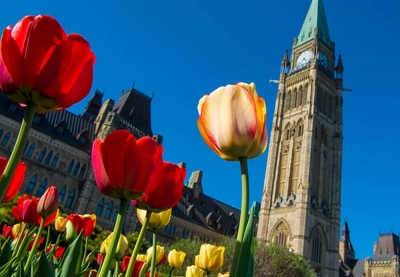When we speak of flowers, we usually think of rose, jasmine, marigold, hibiscus, and the like. And most flowers are less than the size of our palm and sweet-smelling. What if there’s a flower which is neither? Come, let’s find out more about this.
It’s huge and smelly!
Rafflesia is a genus of flowering plants comprising at least 15 species found in Southeast Asia. Interestingly for a plant it has only flowers – with nothing to show for leaves or roots. Which means there’s no photosynthesis either. Rafflesia is basically a parasite, living off a type of vine. Its body – essentially made of thin filaments – lies inside the stem and the root of its host for years, and the flower bud bursts forth eventually. The bud continues to swell for months before the large flower blooms. For all that wait the flower stays in bloom for just about a week. But when in bloom, it gives off its signature stench – of rotting meat – that attracts flies. These flies ensure pollination and keep the species thriving. Unfortunately, Rafflesia’s forests are disappearing and it is critically endangered. It is “impossible to cultivate and “remains largely ignored”, according to a media report.
The largest
The flowers of Rafflesia usually win the largest flower title, and this year has been no different. The largest single flower ever recorded was found earlier this year in Sumatra, Indonesia, with a diameter of 111 cm – that’s a whopping 3.6 ft! This was a specimen of Rafflesia tuan-mudae, and beat the earlier record of 107 cm set by Rafflesia amoldii, also from the same region.
Picture Credit : Google





